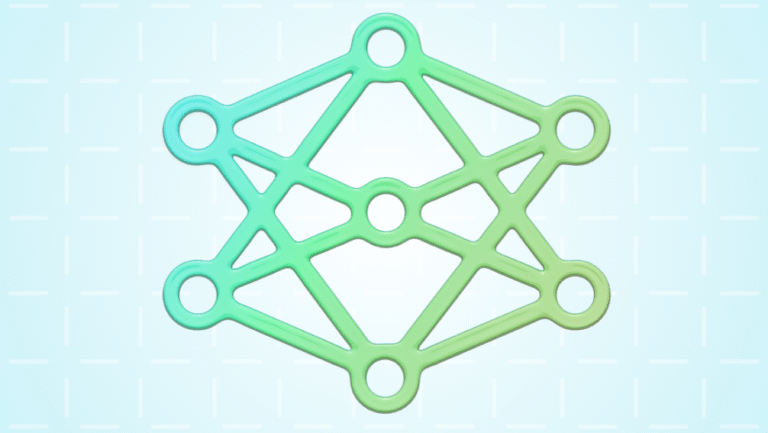It is fairly well-understood in the product community that building successful products requires a structured and data-driven approach. It’s a large part of the job. But, the way in which data inputs are applied to product innovation and growth can be variable and challenging. Objectives and Key Results (OKRs) and Key Performance Indicators (KPIs) are powerful tools that can positively impact the success of product teams (and actually, all teams). Let’s spend some time to delve into the importance of incorporating OKRs and KPIs to drive innovation, alignment, and growth in the product development process.
As a primer, if you are not familiar with the concept of OKRs… there are a number of books and articles on the topic…. But here’s a pretty good quick explanation from the folks at Atlassian.
1. Setting Clear Objectives and Key Results (OKRs):
OKRs provide a framework for defining and communicating high-level objectives that a product team aims to achieve. These objectives should be ambitious, inspirational, and tied to the company’s overall vision. Alongside each objective, measurable Key Results are established to gauge progress and success. OKRs encourage transparency, focus, and alignment across the organization.
2. Driving Innovation and Focus:
By setting clear OKRs, product teams are encouraged to think creatively and innovatively to solve customer pain points and deliver value. With a shared, aligned vision and focus on specific outcomes, teams can prioritize initiatives that truly matter and avoid getting lost in unproductive tasks. This not only accelerates the development process but also fosters a culture of innovation within the organization.
3. Aligning Cross-Functional Teams:
Successful product development requires collaboration across multiple departments, including engineering, design, marketing, and sales. OKRs serve as a common language that aligns all teams towards a common goal. When each department understands how their contributions impact the achievement of key results, collaboration becomes seamless, leading to a more cohesive and efficient product development process.
4. Monitoring Progress with KPIs:
Key Performance Indicators (KPIs) are quantifiable metrics that track specific aspects of product performance. These metrics help product managers and teams assess whether they are on track to achieve the Key Results that are driving a given objective. By regularly monitoring KPIs, teams can make data-driven decisions, identify areas for improvement, and adjust strategies as needed to ensure success.
5. Continuous Improvement and Adaptation:
Incorporating KPIs in the product development lifecycle promotes a culture of continuous improvement. However, the caveat here is that the information needs to be visible and accessible to everyone accountable to that goal. When teams have access to real-time data, they can quickly identify bottlenecks, analyze user behavior, and pivot quickly when necessary. This iterative approach allows for rapid learning, leading to enhanced product iterations and higher customer satisfaction. KPIs and agile work really well together and form a “flywheel” loop.
6. Customer-Centric Approach:
OKRs and KPIs also help product teams stay customer-centric. By closely tracking KPIs related to customer feedback, retention rates, and user experience/sentiment, product managers can identify pain points and tailor their product roadmap to meet customer needs most effectively. Understanding customer behavior is essential in building products that resonate with the target audience and grow.
In summary, incorporating OKRs and KPIs in the product development lifecycle is highly beneficial for driving success and achieving impactful results for your organization. These frameworks provide product teams with a clear direction, promote innovation, and foster alignment across the organization. Moreover, the use of KPIs enables data-driven decision-making and continuous improvement, ensuring that the product remains customer-centric and adaptable to evolving market demands. Given the complete breakneck pace at which the landscape of software products is evolving considering applications for Generative AI and other Web3 initiatives, embracing OKRs and KPIs can be a valuable tool to help align product leaders (and executives / stakeholders) so they can effectively navigate their teams towards continuing to deliver exceptional products that deliver value, delight users, and fuel long-term growth.



